Limerick
 •
by
•
by Domagoj 93
With a population of roughly 60,000, Limerick is the fifth largest city in Ireland. Overlooked by Woodcock Hill immediately to the north, and the Silvermine Mountains to the east, the city is spread along both banks of the Shannon River, a few miles east of the Shannon estuary.


Motto: Urbs Antiqua Fuit
Studiisque Asperrima Belli
"There was an ancient city
very fierce in the skills of war"

The history of Limerick , stretches back to its establishment by the Vikings as a walled city on King's Island (an island in the River Shannon) in 812, and its charter in 1197.
A great castle was built on the orders of King John in 1200. It was besieged three times in the 17th century, resulting in the famous Treaty of Limerick and the flight of the defeated Catholic leaders abroad. Much of the city was built during the following Georgian prosperity, which ended abruptly with the Act of Union in 1800.



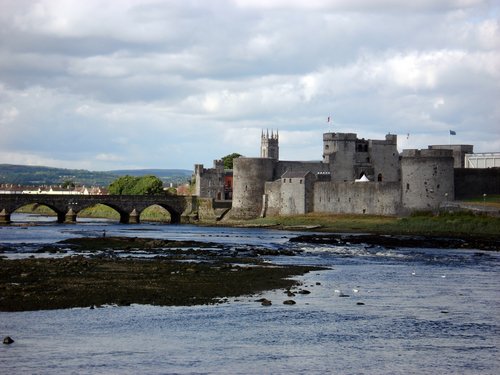

Limerick is a compact, walkable city where most of the sights and attractions are within a stone's throw of each other. Most are located in the gridiron of streets south of King John's Castle. This eye-catching, handsome building on the banks of the Shannon is the heart of Limerick and the city's trademark. A look around the castle and the area immediately around it, known as Irishtown, will immediately provide an insight into the history and origins of the area.

[img]http://www.bankofireland.com/fs/img/branch-locator/rs-
500x/BCH0038.JPG[/img]



The castle itself was built by the Normans as a defensive outpost from which they could keep and eye on the restive Gaelic tribes on the other side of the Shannon. The castle and the walled city around it were the last center of Irish resistance to English rule during the seventeenth-century wars


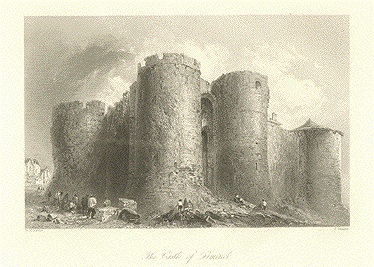
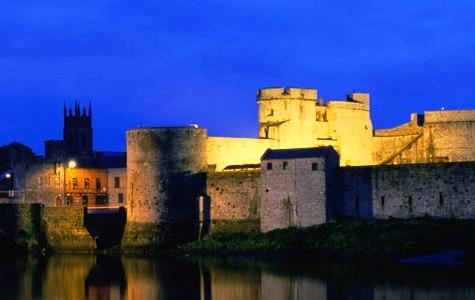
Places of interest:

St Mary's Cathedral,

Hunt Museum

The Treaty of Limerick (Irish: Conradh Luimnigh) ended the Williamite war in Ireland between the Jacobites and the supporters of William of Orange. It concluded the Siege of Limerick. The treaty really consisted of two treaties which were signed on 3 October 1691. Reputedly they were signed on the Treaty Stone, an irregular block of limestone which once served as a mounting block for horses. This stone is now displayed on a pedestal in Limerick city. Because of the treaty, Limerick is sometimes known as the Treaty City.



The Sylvester O'Halloran Bridge
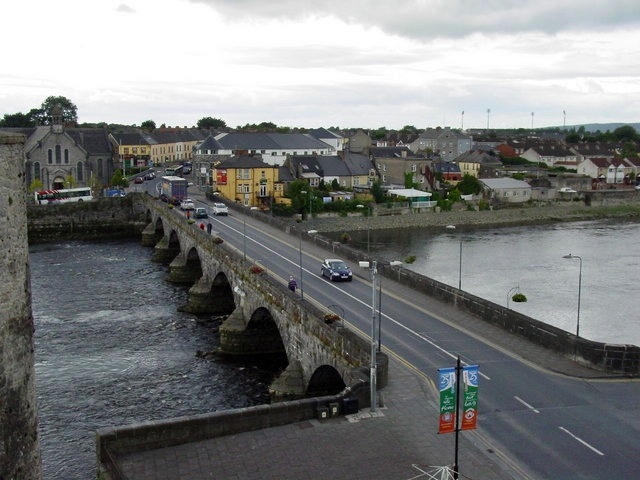
Thomond Bridge

Ireland's national sports of Hurling and Gaelic football are widely played in the city and its surrounding suburbs. Although Limerick has not won the All-Ireland Senior Hurling Championship since 1973, it reached the finals in 1974, 1980, 1994, 1996 and 2007 and is one of the top four teams in the game, in terms of the All-Ireland Senior Hurling Championships won.





During your visit to the city, at least one barman will tell you that the best Guinness in Ireland is served in Limerick; you may wish to put this claim to the test!





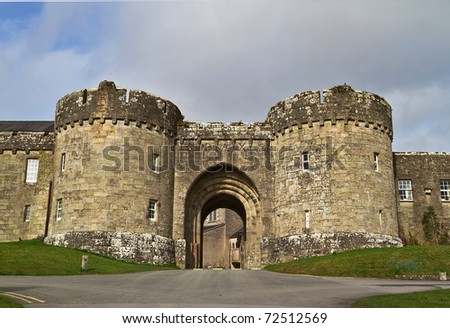

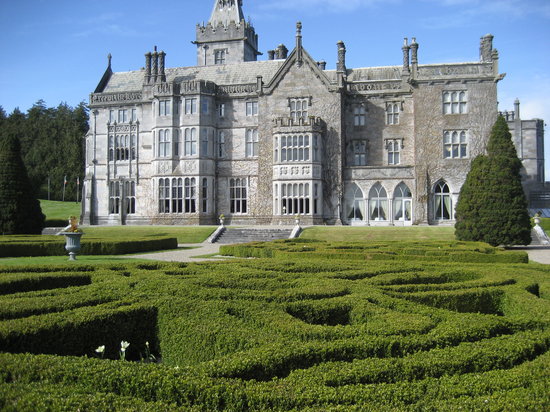


Support and other articles about Ireland :
http://www.erepublik.com/en/article/cork--1986122/1/20
http://www.erepublik.com/en/article/dublin--1985005/1/20


Comments
I'd like to taste some Guiness there!
Nice
o7
o/
robbie keane!
mvcakir +1
Lovely city. I loved visiting Thomond Park a few months ago
THE TRUE HOME OF THE IRISH
LIMERICK PRIDE
so many wonderful places in this world ..
Thanks for this nice virtual trip.
o7
looks great
http://www.youtube.com/watch?v=zYgZFm43ZN4
I learn more in this game than I did in college.
v/s
ok, i opened this to read a limmerick, not read about it. 8-{.
Nice city!
I'd like to visit it...
My favourite City in ireland...🙂